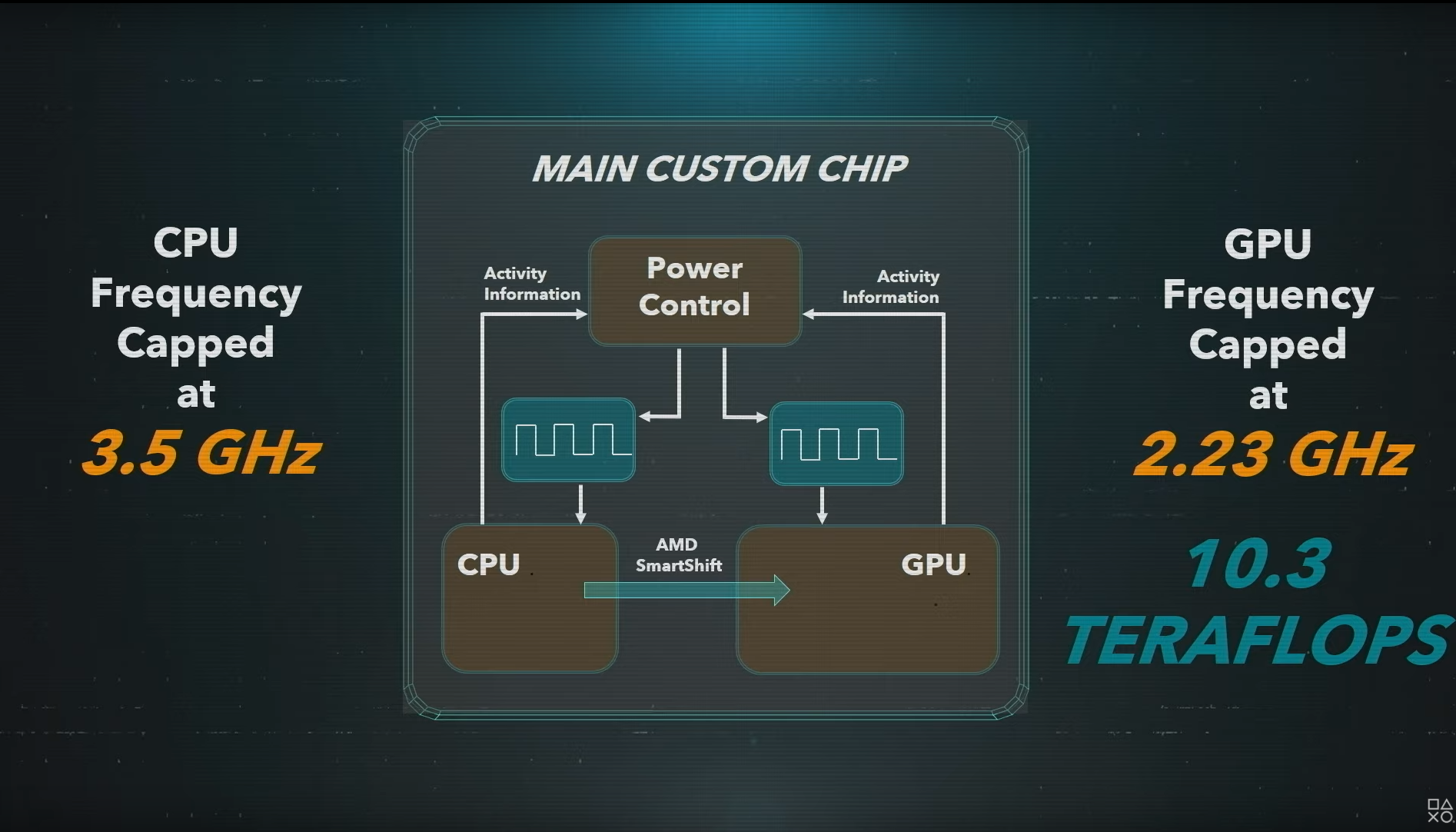It’s just a basic ad hominem attack. It’s used to try and discredit an argument by vilifying the one who makes it. I say this person is bad, so their argument is bad, so if you have the same argument you must be bad.
Lol yeah that's basically what it seems like at this point. They're arguing over semantics, basically. I've got no problem with people wanting me to clarify certain statements if it's to avoid any confusion behind what's directly said or any intention behind them that might be perceived negatively by them, but at least pull up the quotes in question xD.
I can't speak on anything if I have no idea what they're specifically talking about, it's impossible!
And you're still not able to understand the point of my post.
Want to point me where I said it was your responsibility?
Right, I never said it.
It has nothing to do with my post.
I'm not going to repeat myself. Either you're trolling or your reading is just that bad. lol
Go over my post again before replying to me.
Like I said dude, you do you. But I don't think there's anything on this particular topic needing further discussion. Let's just agree to move forward with the discourse of the thread from here on.
Yeah, this is the quote that had a little “skeptical,” for lack of a better word.
I am sure that the CPU will always be running at a relatively high clock but I have to say that, ideally, you’d probably want both your CPU and GPU to be both be able to sustain max clocks
This is where the variable frequency approach, with Smartshift and the cooling system, hopefully come into play. Game workloads probably won't always require the CPU at maximum speeds (same as with GPU), but with those components performing as they should, it would mean the CPU and GPU can hit those peaks if a game workload demands it, for however long they demand it.
And, I'm assuming, in any case where a game workload either has unoptimized code, or clocks are being sustained for a prolonged period where the power budget gets too stressed, the system's automation processes will either shift some of the power budget around to components that need some extra juice, or lower some of the power load to a particularly power-hungry component (like the GPU).
...or something like that.
It will not pass 2.23GHz, regardless of the cooling used.
Cerny himself said that in the presentation.
This is likely to be the new maximum clock for RDNA 2
With that it is not very difficult to have a hunch of the top RDNA2, here it goes:
~52CUs @ ~2.2Ghz ~15~16TF RDNA2
Above that, only if Nvidia is doing very well with Ampere.
I"m honestly still curious if PS5's GPU clock is reflective of saturating the top end of RDNA2's sweetspot range, or if it's a result of pushing beyond that with their custom cooling system combined with their specific implementation of Smartshift.
IIRC, the sweetspot for RDNA1 was 1700 MHz to 1800 MHz. RDNA2 has a 50% PPW improvement over RDNA1, but I doubt that translates to 50% IPC. I'd wager it's closer to 10% to 20% more IPC over RDNA1 (perhaps 25% if sticking with rate of RDNA1 IPC gains over GCN).
Still trying to figure where the new sweetspot would fall at based off of that; however I don't feel the GPU clock on PS5 is within the sweetspot range but rather it's beyond it. That's partially based on XSX's GPU clock, which I assume is on the lower end of the new sweetspot since it's a larger chip. So it might be possible the new sweetspot on DUV enhanced is 1800 MHz to 2000 MHz.





